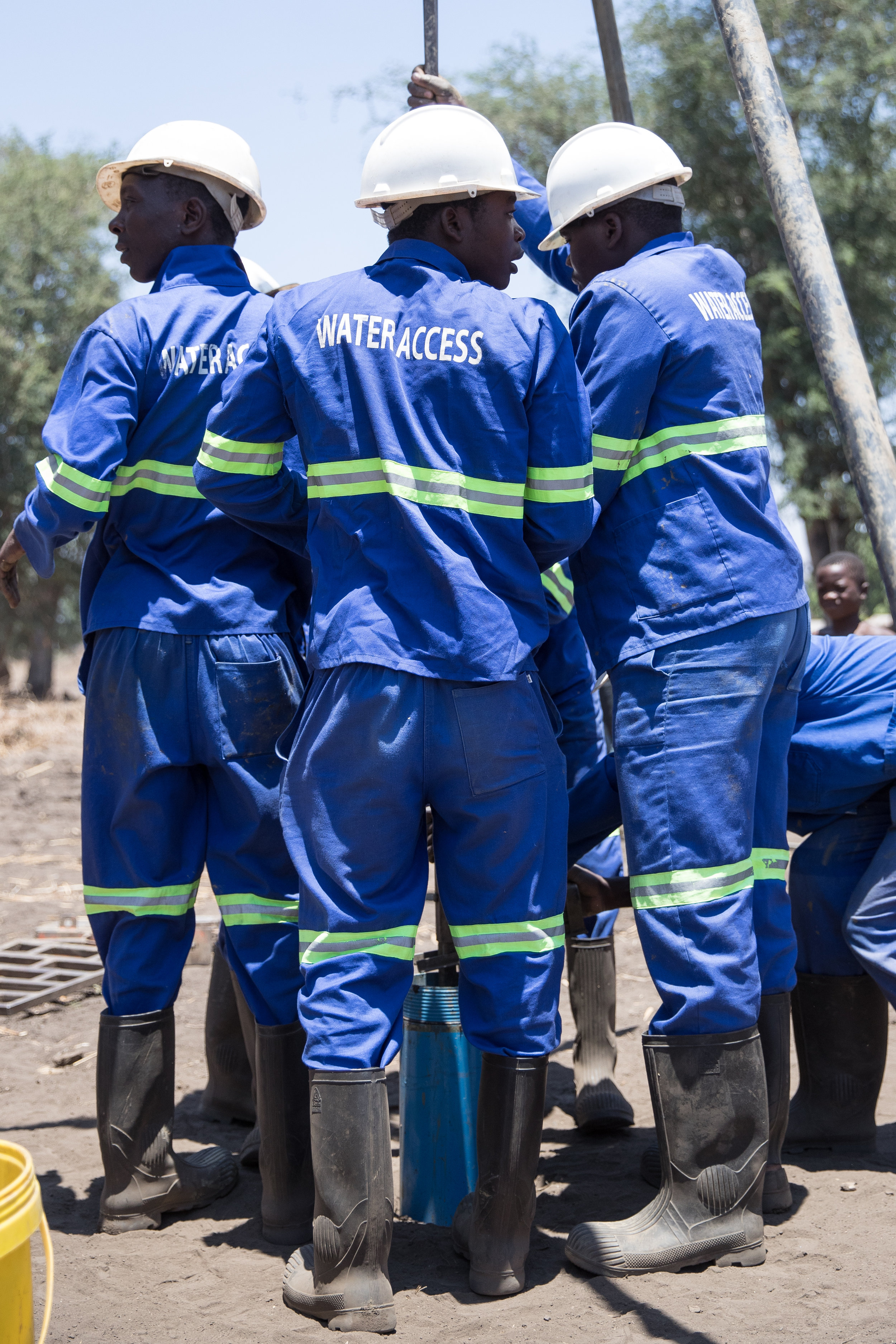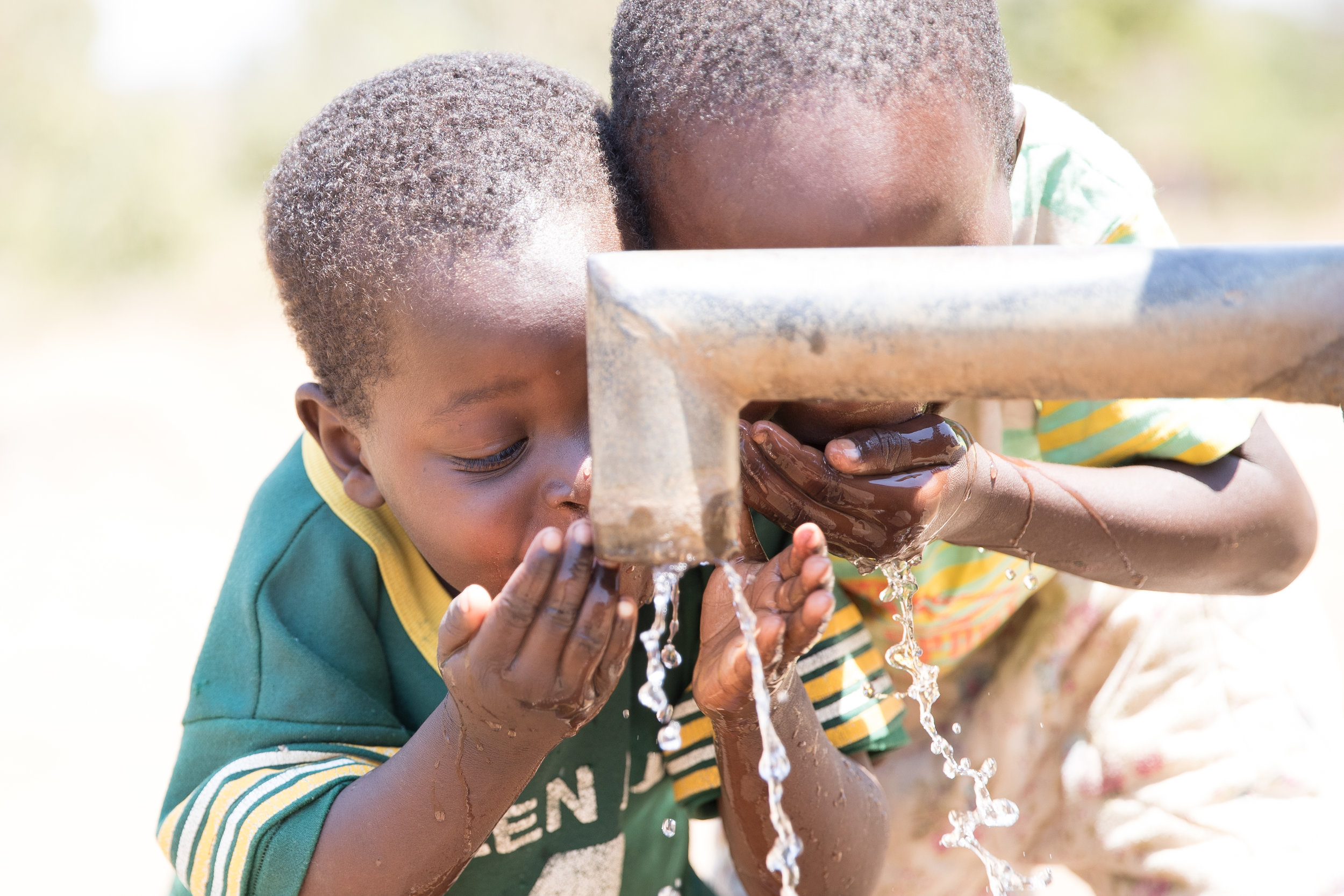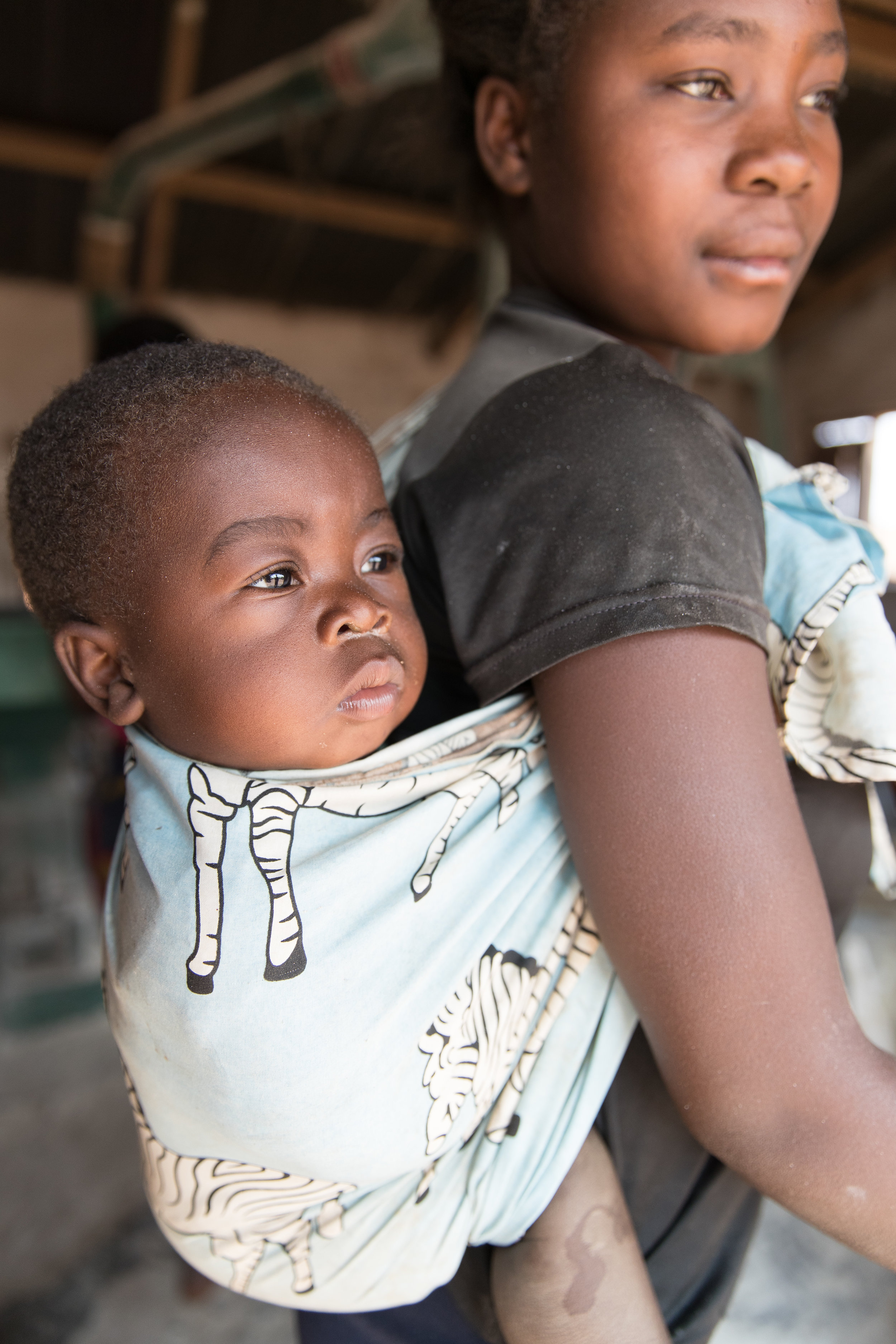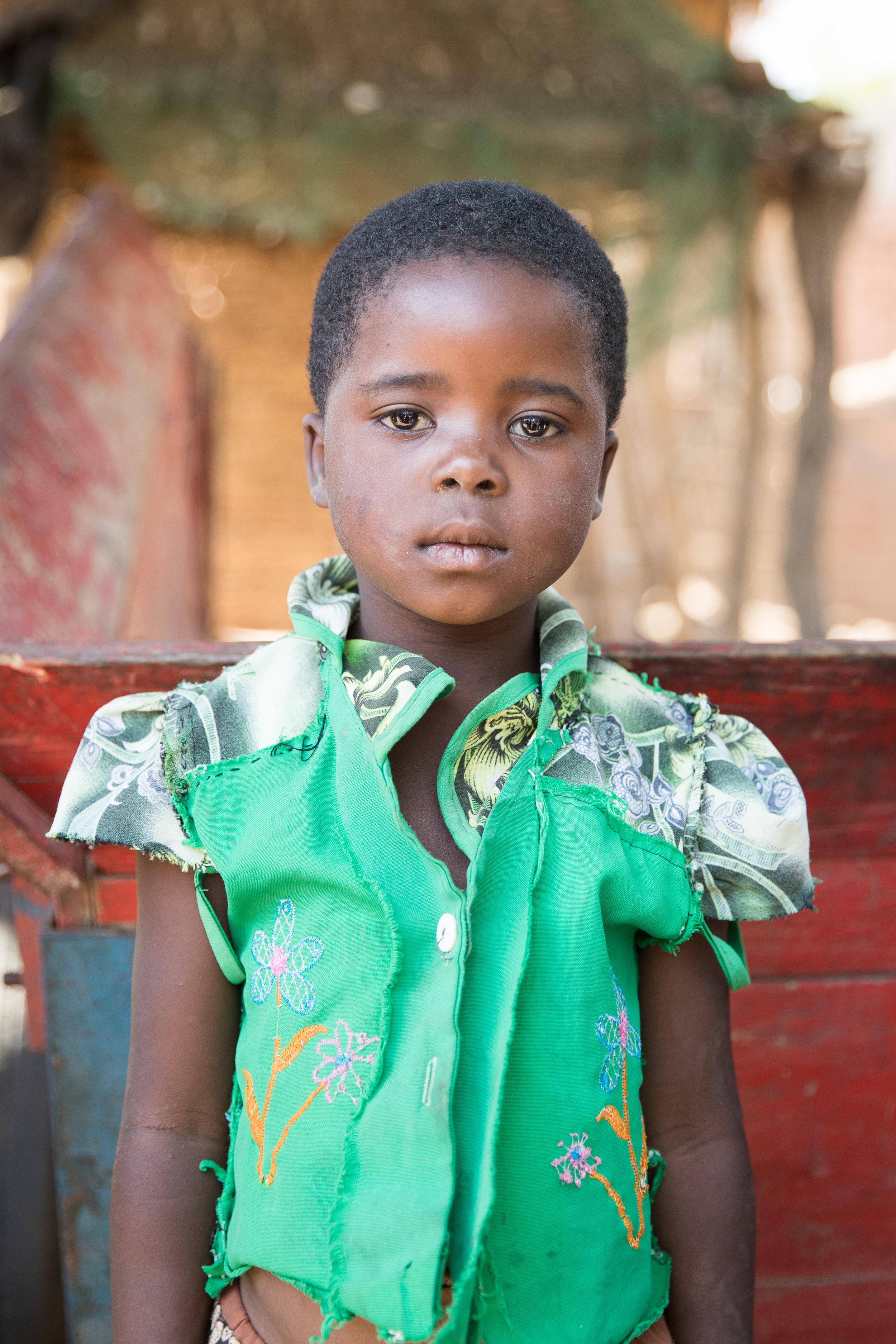Outside the village of Madisi. Canon 1DX Mark II. 50mm. 1/160. f/2.8.
This page is best viewed on a tablet or computer.
Situated in southeast Africa and bordered by Zambia, Tanzania and Mozambique, Malawi is one of Africa’s smallest and least developed nations. The capitol, Lilongwe, a sprawling city of over half a million people, is where I found myself a day after enduring one of the world’s longest non-stop flights, a sixteen hour marathon from Atlanta to Johannesburg.
According to the UN’s Human Development Index, a study that measures standard of living, education and health, Malawi currently ranks 170th out of 188 (2016) and although ravaged by AIDS and hunger, the country is steadily growing. A recent estimate indicates that a typical Malawian earns the equivalent of $250 USD annually with 90% of the population focused on some type of agricultural work. The World Health Organization claims that there is only one doctor for every 50,000 individuals. Earlier this year, a Unctad study revealed that 71% of Malawians are living in extreme poverty and despite increased public spending on health, over one million people are infected with HIV/AIDS. I’ve sometimes found that figures like these can begin to bleed together and lose their impact due to a seemingly insurmountable set of obstacles. I’m reminded of Bob Wiley, Bill Murray’s character in “What About Bob” when, after meeting Dr. Leo Marvin for the first time, and with a collectedness that drastically understate his issues, says to his new therapist, "the simplest way to put it…I have problems”. As you begin to take inventory of the complications the country is facing, perhaps the simplest way to say it is that Malawi has problems. Approaching these issues and uncovering realistic solutions will obviously require tremendous patience and determination by its people and those that share the vision of a sustainable and prosperous Malawi. I was fortunate enough to spend ten days in the villages surrounding Lilongwe and was given a first-hand look at the people who are working to help solve these issues.
I left for Africa with the 1DX Mark II, two batteries, and three lenses... the Canon 24-70 2.8 II, Canon 70-200 2.8 IS II and the 100-400mm 4.5-5.6 IS II. I also packed the 1.4x extender. I made a conscious decision to leave my other lenses, including faster primes, at home. There were several reasons why I settled on taking just three lenses, but mainly I wanted to save weight and avoid constantly cleaning my sensor in Malawi's dusty conditions. I also planned to shoot video, and upon realizing that I had left home without the 82mm ND filter for the 24-70, I was relegated to shooting my scenes at some very narrow apertures, making sensor dust that much more of a nuisance. Before I left, I figured that I'd probably use the 24-70 for 80% of my photographs, which turned out to be a conservative estimate. Except for two days in neighboring Zambia, in the presence of wildlife, I left the 24-70 on the camera almost exclusively. I love the aesthetic that wider aperture primes provide, but with the technology of today's sensors, I believe that we are rapidly approaching a time when sub-f/2 lenses will be used with the singular purpose of subject isolation, and not necessarily to gather light. With the exponential advancement in their capabilities, I believe that a camera in the future will be able to create an equally useable result at, say, f/5.6 and 50,000 iso, as the current generation of cameras can at f/1.8 and 3200 iso. With the latest 1 series, I was able to shoot as high as 12,800 and feel confidant that the images would work, even blown up and the 1DX II can go well beyond 12,800. This is the third Canon body I've invested in and after a couple of weeks, I can say it's the most capable and well built camera I've ever owned. For the better part of two years I used the Sony A7rII with a Metabones Mark 4 EF adapter for all of my work, and at times, it made me want to pull my hair out. Admittedly, I never owned a single native lens which would have alleviated some of my frustrations with the autofocus performance. I instead chose to manually focus the majority of my images with the brilliant focus peaking capabilities of the Sony's EVF. Despite its shortcomings, I think the A7rII is a tremendous camera and one that I've come to appreciate even more since acquiring the Canon. I no longer have to ask it to be something its not. It's a brilliant landscape and portrait camera but for the type of work that I'm pursuing these days, mainly sports, the 1 series is what I'll be using. It was so refreshing to return to those marvelous Canon colors.
The people of Malawi are as beautiful as they are kind and my aim was to photograph them face to face, up close, in an attempt to capture the pride that seemed to radiate from each and every one of them. I hope the images resonate.
~ J
Canon 1DX Mark II. 42mm. 1/500. 2.8.
Canon 1DX Mark II. 24mm. 1/400. f/2.8.
Canon 1DX Mark II. 140mm. 1/500. 2.8.
Water4
Water4, started in 2005 by the husband and wife team of Richard and Terri Greenly, is a non-profit that as their website states, "exists to empower local communities to transform themselves and solve their own crisis". After a two hour drive from Lilongwe, our group, made up of working professionals, retired businessmen, pastors and educators, arrived at the site of a well in the process of being drilled. Stepping off our bus, and into the hundred degree heat, it didn't take long to be reminded of how desperate the human body is for water. The impact that a single well can make to the communities that surround them is astonishing. Water 4 employs local workers to drill new wells, and often by hand. To learn more about Water4 and how you can get involved, click here
ZOE
From Zoe's website...(wearezoe.org) "Building on a foundation of indigenous staff, community leaders, and local resources, ZOE empowers orphans and vulnerable children to become socially, economically, and spiritually strong — transforming entire communities in the process". I shot some video as my friend Nathan spent a couple minutes with Mercy Chikhosi, the national director of Zoe...
CCODE
The Centre for Community Organization and Development or CCODE, (facebook page) is a Malawian non governmental organization, founded in 2003, that according to their page, "was established to enhance the living conditions of the poor in Malawi by empowering them to change their lives". CCODE loans Malawi entrepreneurs the requisite funds to launch their small business. We were able to spend a few minutes with Ezekiel Lyford, a local man who was kind enough to share a bit of his story. The footage below is quite raw, but it begins to give some insight into the impact that CCODE can make in the lives of the people they aim to help.
Canon 1DX Mark II. 55mm. 1/500. 2.8.
Canon 1DX Mark II. 24mm. 1/500. f/2.8.
Canon 1DX Mark II. 24mm. 1/400. f/2.8.
Canon 1DX Mark II. 50mm. 1/500. f/2.8.
Canon 1DX Mark II. 28mm. 1/640. f/2.8.
Canon 1DX Mark II. 560mm. 1/500. f/8.
Canon 1DX Mark II. 170mm. 1/1600. f/4.
















